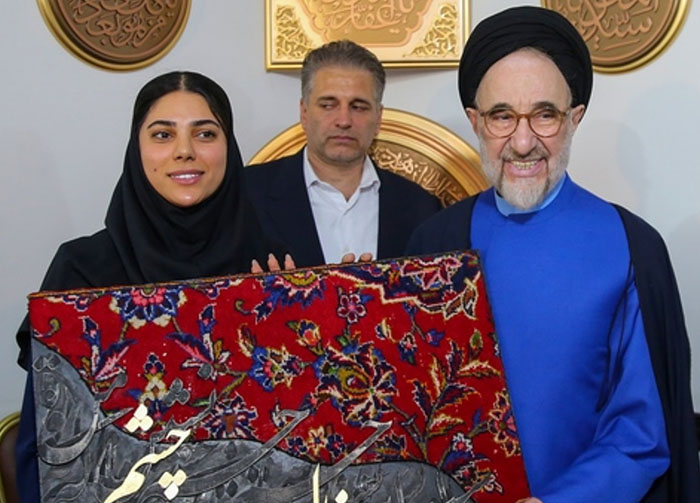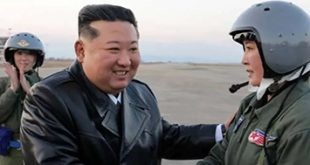Iran’s relations with the West were also strained due to alleged involvement in terrorist incidents, including the 1996 Khobar Towers bombing in Saudi Arabia and the 1994 AMIA Jewish center bombing in Argentina. The international community viewed Iran with suspicion, and U.S. military action was considered a real threat.
Khatami’s victory on 2nd Khordad (May 23, 1997) and his emphasis on moderation, dialogue, and diplomacy helped de-escalate tensions. He pursued a foreign policy based on détente and engagement, especially with the European Union. While relations with the United States remained frozen, his outreach reduced the immediate risk of confrontation and repositioned Iran as a player open to global cooperation.
A Struggle Between Two States
Ultimately, Khatami’s presidency highlighted the existence of two parallel structures of power in Iran: the elected government with limited jurisdiction, and the unelected deep state anchored in the Supreme Leader’s office, the Revolutionary Guards, and the intelligence services. Time and again, reformist policies were blocked or reversed by the intervention of these institutions.
Despite this, Khatami’s presidency changed the political landscape of Iran in significant ways. It introduced the language of rights, legality, and pluralism into the public sphere. It inspired a new generation of students, journalists, and civic activists to engage in politics. Even as his reforms were rolled back, the aspirations he awakened could not be fully extinguished.
Khatami’s legacy is therefore one of both inspiration and caution—a testament to the potential for democratic reform within the Islamic Republic, and a stark reminder of the entrenched forces that oppose it.

